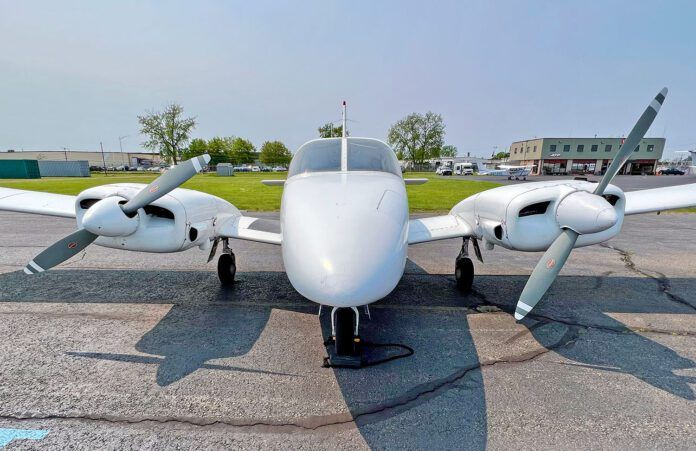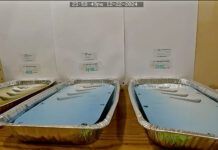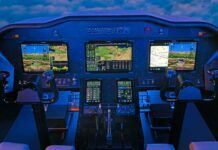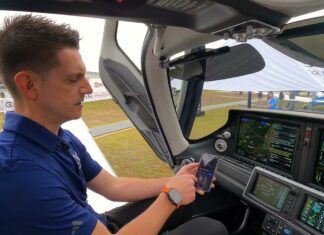BEST first PISTON TWIN
I read the article “Your First Piston Twin: Buy With Caution” in the May 2024 issue of Aviation Consumer and can weigh in.
I own the very first Beech Travel Air ever sold. N343B (serial number TD-2) was built in 1957 and sold in 1958. When I told my father I was going to restore it, he said only two groups do this—the military who has no regard for cost, and fools who don’t know better. I now have a state-of-the-art avionics suite including a digital autopilot (Genesis/STEC 3100), Avidyne IFD-series navigators and an Aspen Pro Max EFIS. Plus, the aircraft has air conditioning as well as $70,000 worth of paint and interior work.
On top of that, I am having my Woodward governors repaired (that were found out of tolerance 45 hours after they were overhauled) for $3500 each. I had to replace my nosegear (over $15,000) and replaced a brand-new Soft Start Module for the air conditioning for almost $4000. I can keep going on for stuff that totaled another ten grand over the last eight months alone.
My twin is worth about $125,000 on a great day, but nobody cares that it is the “first” Travel Air. It is not the first Corvette, nor the Wright Flyer or Amelia Earhart’s Electra. Instead, it is an expensive investment that one should gauge on common sense compared to the prestige of a twin versus the practicality of a single. Adding to this is the fill-up for nearly 100 gallons of fuel at $850 to $950 for an 800-mile trip. A comparable single’s fuel savings alone will pay for your car payment in two trips at most.
Bottom line: Older planes like mine take lots of creative work, and in aviation lingo that translates to dollars and time in finding parts, plus labor for upkeep, etc. I do love my twin, but my father was correct in his judgment of his son being a fool.
However, I am also installing an endless Olympic pool next to my double-wide to increase its value. If you need a twin, buy two singles!
—Robert Rendzio, via email
I read your coverage of first piston twins in the May issue and decided to go with a high-performance single (a turbocharged Piper Saratoga) after crunching the numbers for a later-model Seneca. It was a no-brainer for me. The Saratoga has a comparable passenger-friendly rear cabin, mine actually had better upgraded avionics than the Seneca with stock equipment, insurance is cheaper and finally, less maintenance without that second engine.
Running the performance numbers for my mid-range trips, I’d really have to step up in airplane (perhaps a turbine twin) to get to my destinations a lot quicker to justify the cost. Maybe someday. Thanks for your great magazine—I read it cover-to-cover every month and it’s been a huge resource to me.
—Rich Adamson, via email
MORE Garmin 430 MAIL
Regarding Larry Anglisano’s First Word commentary in the May 2024 Aviation Consumer, I’m in support of Garmin moving on to new technology and I would have upgraded to a new Garmin GPS from our GNS 530W.
However, I’m just baffled why Garmin did not create a slide-in replacement for the unit, or at least a mostly slide-in replacement. Most of the cost of these upgrades is in shop labor and it seems foolish to me that they just gave away the upgrade market to Avidyne by not making the GTN units slide-in replacements.
—Mitch Moldenhauer, via email
We’re not so sure Garmin gave away the GPS market, but Avidyne sure gained sizable traction with its mostly slide-in and full-featured IFD units.
We’ve asked Garmin about its decision to change the wiring and it said the current GTN units have far more interface and interconnect potential than original GNS wiring can handle.





